Genre: Indie Adventure Strategy
Developer: Yakiniku Banzai
Publisher: Fruitbat Factory
Release Date: Feb 13, 2015
Developer: Yakiniku Banzai
Publisher: Fruitbat Factory
Release Date: Feb 13, 2015
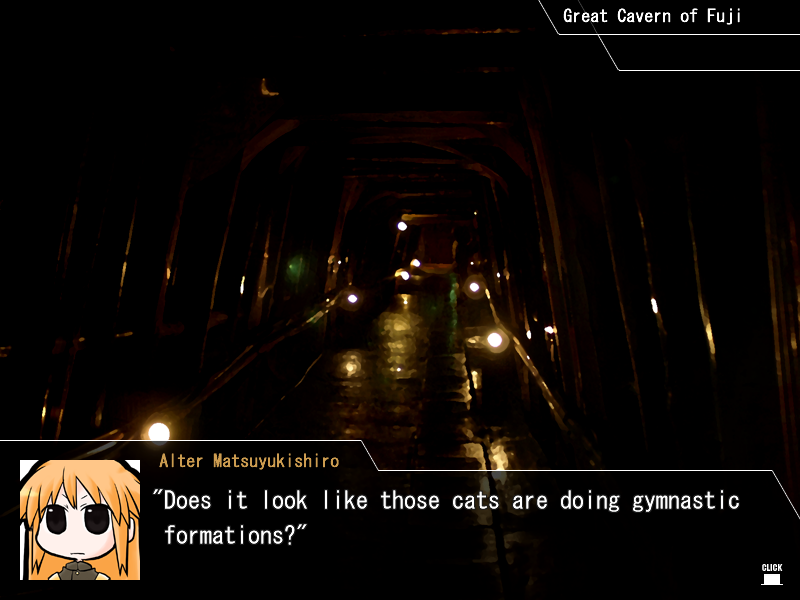
Battleship, chess, tanks, moe, hijinks, a diverse soundtrack and the occasional eldritch abomination. Toss ’em together and you’ve got War of the Human Tanks – ALTeR. The second game in the War of the Human Tanks series, ALTeR proves to be an impressive expansion and continuation of its predecessor, yet requires no prior knowledge to enjoy. Fans of the first installment will find some familiar faces and hidden details popping in from time to time, but the game provides its own complete story for newcomers – and what a story it is.
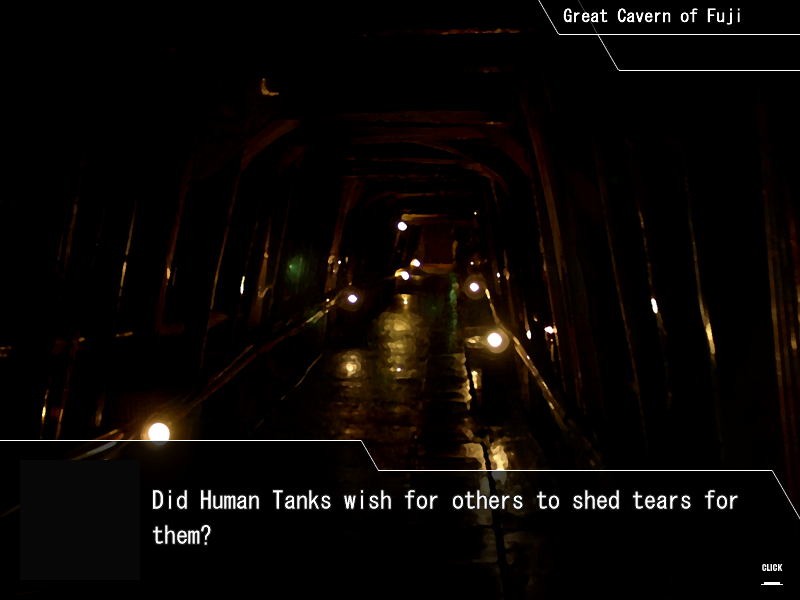
War rages on between the Kingdom and the Empire in the land of Japon. Rifles fire, mortars fly, and from the dust charges forth …a chibi? The eponymous human tanks are deceptively adorable anthropomorphic weapons of war. Since their emergence, they have become the staple of warfare in Japon due to their destructive potential and undying loyalty to their superiors. In this sequel, however, the sides are flipped. No longer fighting for the Empire, you play as Alter Matsuyukishiro, a commander in the Royal Army. Your mission: flush out a suspected traitor leaking secret research, and stave off the advance of the Imperial Army. Your allies: Ruru: a whimsical custom Command Tank with a growing masochistic streak. Megumi Yamana: the Queen’s former executive officer, now demoted due to mysterious pastry-related circumstances. Finally, Elle: an experimental half-human human tank with impressive engineering skills and a mastery of deadpan sadism. Develop, build, and deploy your own adorable army to turn the tides of war.
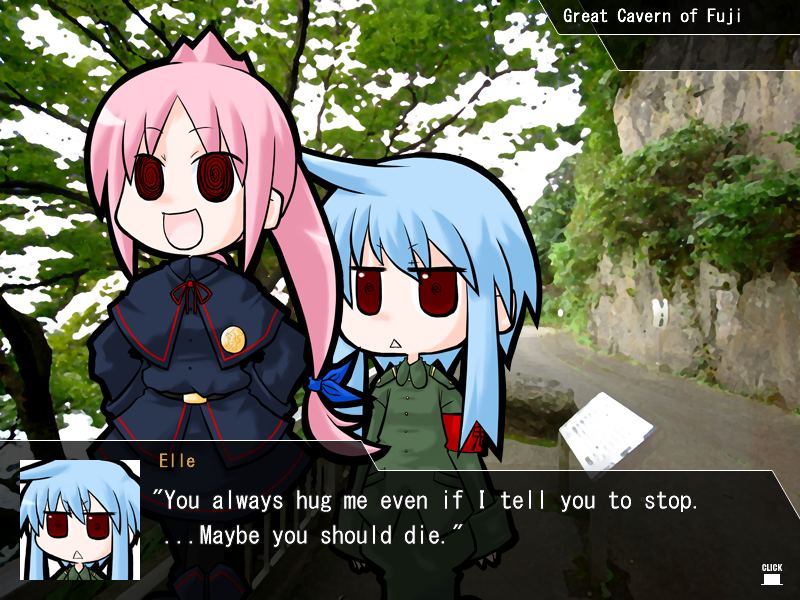
The true meat of the game comes not from the main campaign, however, but rather from the Great Cavern of Fuji side-story. With a length roughly nine times that of the main campaign, the Great Cavern is truly deserving of its name. It begins as a simple patrol to clear out runaway stray tanks at an abandoned tank research site, but it soon becomes apparent that there is much more at play. Delve into the depths to discover new and forgotten tanks, face off against the ultimate gymnastic formation, don the legendary cardboard box, and ultimately uncover the origin and purpose of the human tanks. There is an entire world within that will fascinate WotHT veterans and cadets alike. And remember, at the end of the day, winning isn’t everything.
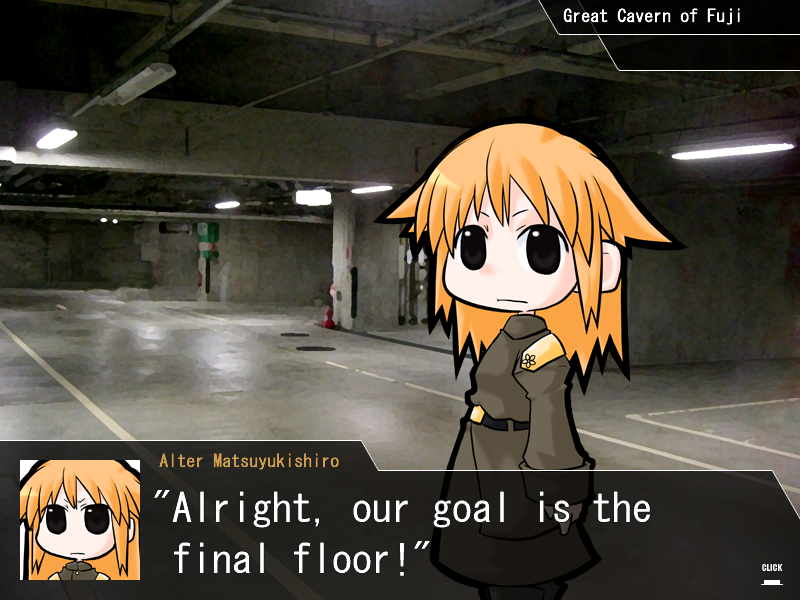
The story overall is enjoyable and surprisingly thought provoking, much of which comes from the nature of the human tanks themselves. It is accepted that they are treated as expendable tools and they even express joy at the thought of dying for their superiors. But that’s just it: they express joy, pride, determination, anger, sadness. As evidenced by Elle, and a certain other somebody, they can even be hybridized with humans. So the issue that comes to mind is, “Just how human are these tanks?” Through the course of the story we get an unexpectedly deep exploration of the bonds and motivations of these titular troopers. Beneath the cute and silly graphics of this game, and the comedic antics of the characters, lies a surprisingly dark story that’ll tug at your emotions.
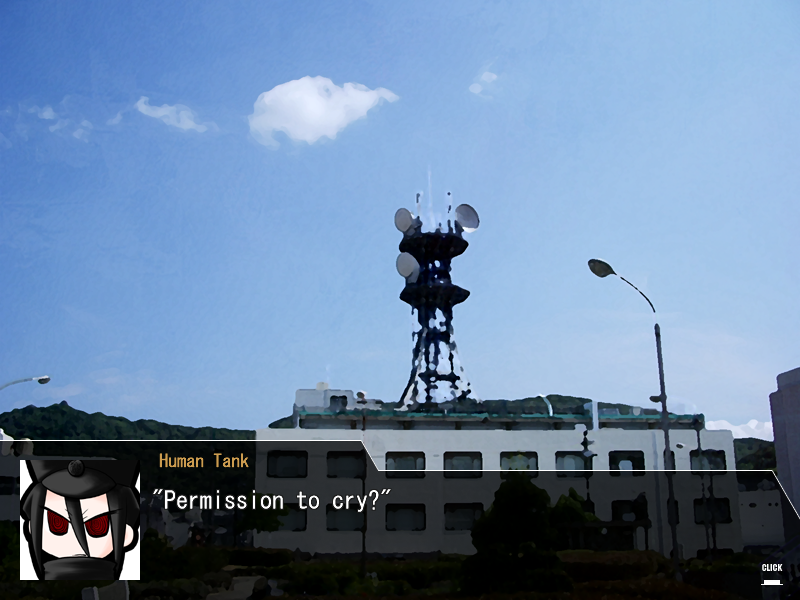
Now onto the technical side. The gameplay is fairly simple and can be divided into three sections: Story, Management, and Sortie. The Story, as the name implies, contains the vast majority of the plot progression and is formatted as your standard VN. Do note that the story in ALTeR is essentially linear, without the significantly branching ending paths of its predecessor. These segments tend to occur before Management and after Sortie segments, though they are absent between some sections of the Great Cavern. The Management section is menu-based and occurs before selecting a mission and before engaging the enemy. In addition to mission selection, this is where you develop, upgrade, and build your tanks, as well as determine their formation.

The third section, Sortie, is the actual combat portion. The maps are grid-like, and damage is measured not through health but rather, akin to Battleship, by how many of a given tank’s constituent cells have been damaged. So long as one cell remains, the tank functions at full capacity. The game also utilizes the fog-of-war concept, wherein you can only see the contents of the tiles in within the sight and recon ranges of your tanks; any enemies outside your sight are hidden, but your forces are likewise hidden from them. Usage of tanks is like a combination of RTS and turn-based, where tanks act in turns but the order and frequency of those turns is based upon how quickly the individual tanks ready for action as well as the player (or AI’s) reaction speed at commanding a readied tank. Each type of tank has a specialized use, be it as a front-line trooper, artillery support, reconnaissance, or swift specialized destruction. In particular, there is a special type of tank called a command tank; each force in a battle must deploy at least one, and if their command tank is destroyed they instantly lose the battle. Depending on the situation one will have to choose between defending, a full on assault, or a stealthy assassination. The core mechanics haven’t changed since the previous game. Instead, the variety comes from the vastly expanded array of units available to use.

Now if you recall, I mentioned that in ALTeR you fight for the Royal Army, the antagonists of the first game. That alone means you start off using royal tanks, which were unavailable for use and development in the first game. But fear not helmaniacs, for if you do not care for the hat-sporting royal tanks, your trusty engineer will begin building the helmeted imperial tanks early on in the story to satisfy your dome craving. Don’t think for a moment that that’s the extent of the tank expansion, however. Through the course of the campaign and the Great Cavern you uncover and develop not only more advanced tank models, but even new development lines with game changing impacts. I’ll leave most of the special ones a mystery, but the two I’d like to bring up are the Sniper and Control tanks. As the name implies, Snipers are capable of firing at long range, similar to artillery units, but with relatively small target areas. In exchange for their small target areas, they are gifted with built-in perfect accuracy. Early game this may not seem like much, but as you progress you will find yourself facing more and more enemies with evasive capabilities, making snipers a critical portion of your army. Knights, samurais, and even cats will fall before them. That being said, you may have noticed I specified “built-in” perfect accuracy. Well, that’s because of the other tank type I mentioned, the Control tank.
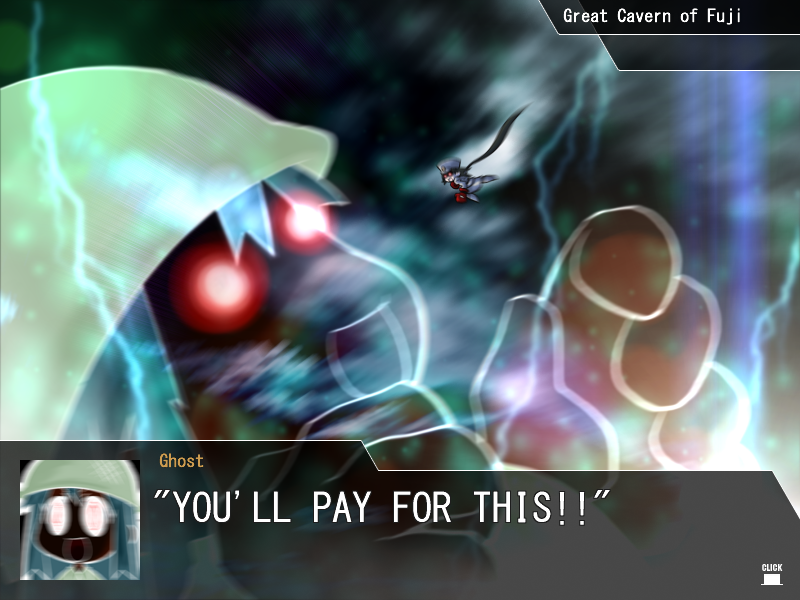
Upon playing the game you can quickly realize how overpowered you can get from stacking modules. They can boost a tanks parameters to the point where a single tank can one-shot the entire enemy force, and it’s rarely your opponents who take advantage of this. I’ll admit, I got quite lax about things and for a while I just nuked the opposition. It kinda took the strategy outta things. Then I encountered the Control tanks. See, in terms of combat, they function as just another artillery unit. Except for one quirk: they instantly nullify all equipped enemy modules for the duration of the battle. The effect persists even if they’ve been destroyed. What this means is that you can’t just carpet-bomb your way to victory in the mid to late game. With enemy control tanks on the field, you actually have to be tactical. Blindfiring is less viable, your game-breaking equipment is useless, and you better be ready to take some losses.
I loved it.
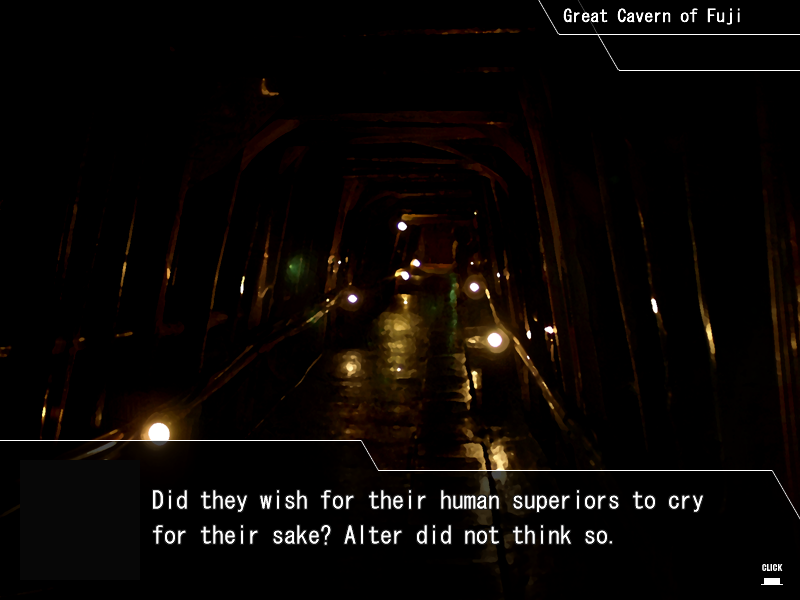
Before the control tanks appeared, the game had gotten too easy for my taste. I’m not a crazy hardcore gamer, but I gotta admit it was a bit ridiculous. You grind to get a decent tank with a few equip slots and a couple good mods, soup up your squad, and blast away. Generic, cookie-cutter formula for victory. With the Control tanks on the field, you’re forced to adapt, to improvise. Can your Snipers assassinate the commander? How about use your slow but massive artillery units as walls to protect your core force from the Zergling Rush of enemy Shock tanks? And what do you do when you’re being pincer attacked by a conga line of tanks which you can’t nuke without getting caught up in your own blast? Honestly, reducing the reliance on modules was a great move, and the variety of high end tanks you unlock as you progress makes up for the lack of brute force with amazing tactical versatility. Importantly, most of these new tanks feature built-in modules and/or quirky, specialized stats, which are immune to the disabling effect. Of course, the enemies don’t ALWAYS remember to deploy Control tanks, even in the end-game, and that makes it all the more satisfying when, after they run you through a mod-less gauntlet, you get to rain unholy flaming vengeance upon their smug little faces.
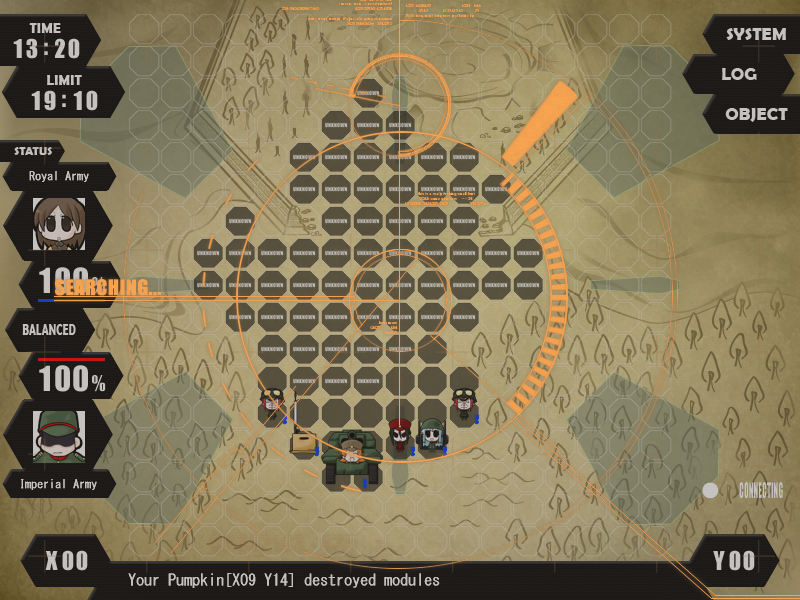
In terms of graphics, I’ll be honest – the art quality as a whole isn’t the best. The battle segments feature gridded cells over a static background that changes based on the mission. Only the most story relevant characters get full body artwork, with the rest of the cast being relegated to bust shots in the text boxes or unit information blurbs in-battle. Even then, the selection of full body artwork is limited to a few poses, with the bulk of facial expressions being relegated to the bust shots; and, of course, the character art itself is done in an intentionally simple, chibi form for the cute appeal. That being said, the art does have its moments. The in-battle tank sprites are cleanly composed, clearly identifiable, pleasant to look at, and vary in complexity based on function, from individual troopers to hulking behemoths. Each unit has its own overworld/map sprite, a bust image for its parameter overview, and two combat sprites, one each for dealing and taking damage. The background scenery over which character art is overlaid is surprisingly attractive, looking like a cross between a photograph and an oil painting. During moments of high tension or importance during the story the art quality notably improves, opting out of its typical formula of character cutouts over reused backgrounds in favor of full CGs dedicated to the moment. If anything, the relatively low level artwork we’re presented at first makes the reveals and climaxes that much more poignant and jarring, especially once you realize the artwork has two primary styles: adorable chibi, and nightmare fuel.

Animation is limited, but effective. During the VN segments animation occurs primarily in the form of vibration/sliding of the character artworks. Cutscenes utilize dramatic timing of frame shifts, lighting manipulation, and filter effects to create gritty, jarring moments with surprising impact. The in-battle animation is a mixed bag. Character movement is just simple sliding. Combat animations begin as simply vibrations of the appropriate attacking and defending sprite, with only large projectiles being animated in-scene, but soon expand to more impressive and technical effects as the weapons technology improves. When combined with the sound design, the results can range from hilarious to terrifying.
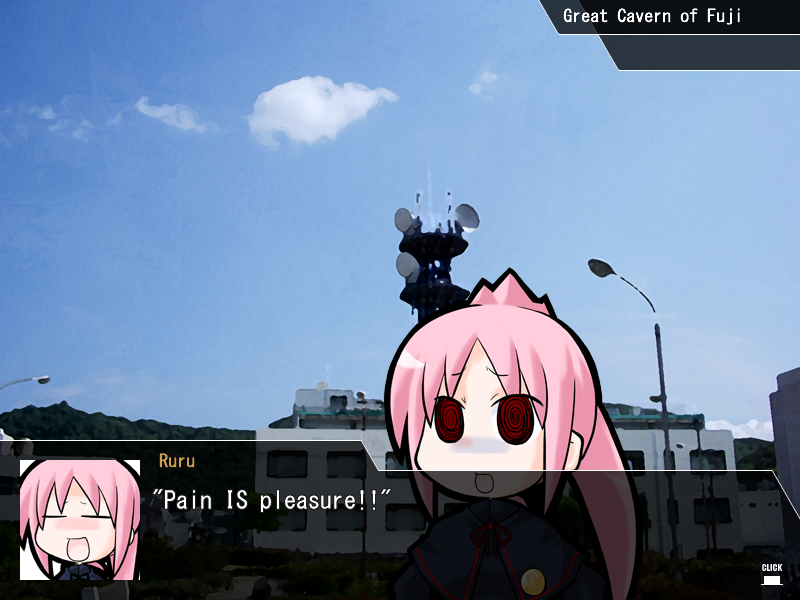
I must say, the sound design was one of my favorite parts of the game. Whenever a tank attacks or is attacked, it always lets out a personal battlecry based on the type of tank. These range from cheery laughter and energetic quips to primal shrieks and distorted inhuman gurgles based on what you’re facing. Seriously, the sound alone of that final campaign boss will send shivers down your spine. Sound effect usage is spot on for the scenario, with chaotic explosions and gunfire during frontline activity scenes, and sparse minimalism during the more somber moments. The soundtrack really is something else. It pulls from a wide variety of influences, including ambient, funk, industrial, and hey, even elevator music, to produce one of the most wonderfully eclectic collections I’ve heard. At times gritty, at times groovy, these tunes truly shape the experience. Whether the game wants to send you chills, trigger your feels, or just make you dance, these oddly addictive melodies will worm their way into your head.

Overall, this is a deceptively amazing game, nay, experience, and I would certainly recommend it to anyone who likes strategy games and a good story. The art quality is variable, and the soundtrack is eclectic, but that just serves to exemplify the expectation-defying wonder that is War of the Human Tanks – ALTeR.
CrimsonMorganaSSS gives War of the Human Tanks – ALTeR a Drastik Measure 8.8 out of 10 (88).
Pros:
- Engaging story depth
- Unique soundtrack
- No familiarity with the series needed
- Mechanics are easy to pick up
- Difficulty scales nicely with your anticipated experience and resources
- Cute tanks
Cons:
- Focal art can be a bit simplistic
- Bulk of gameplay could be missed, as it is a NG+ sidestory
- Quirkiness and eclectic soundtrack may be grating to some
- Consumed 100+ hours of my life





